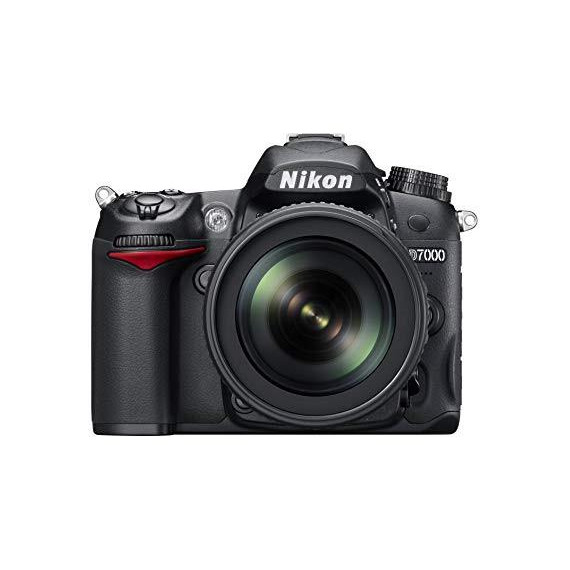Jimmy K
Auto Focus (AF). I want to provide my experience with the camera and my take on the AF situation. 1. Back-focus. Some claim their units have back-focus issue. The camera does have AF fine-tune that can be used to correct the focus. But if amount of back-focus extends outside the fine-tune range, then it will require Nikon service. Im sure there are units that do indeed back-focus and need repair. But I suspect many more users mistakenly and incorrectly attribute any AF issue with back-focus. Anyone who says their unit back-focus sometimes or % of photos, then that is not true back-focus issue. Back-focus means the AF is not calibrated correctly. It will not focus right sometimes and miss focus sometimes. So I suspect the rate of true back-focus (quality control issue) is smaller than people claim. 2. Auto Focus learning curve. There is definitely learning curve on getting the D7000 to focus correctly. D7000 is very sensitive and this learning curve is steeper than expected. It will takes some practice (and possibly changing your shooting method) to get the focus consistently correct. My experience. When I first got the camera, at least 50% of my images are soft for 1 reason or another. There are out of focus images, camera shakes, subject motion (try taking photo of baby and toddler who are constantly on the move), etc. I thought I had "back-focus" issue. After doing AF test, I confirmed there is no back-focus. But there is still AF reliability. After couple months reading web forums (particularly dpreview), I finally learned the tricks on improving the AF reliability. First off, why so many people (including me) had problem with AF? My take: - 16 meg. With 16 meg, you can zoom in to 1:1 and still see quite a bit of details. So any out of focus shots will be very apparent 1:1. This might not be the case with older DSLR with less than 12 meg. - AF sensor. Web forums stated that the AF sensor size is larger than what users see in the viewfinder. This can cause confusion on exactly where the camera focuses. Sometimes the AF sensor focus on more contrasty region outside the AF box, which is not what the photographer intended. Here are the suggestion on focus: - Use 9-point dynamic AF area mode. - Use the center AF point only, rather than the other 11 or 39 AF points. The center 9 AF points are cross type, so they can focus on both vertical and horizontal features. The other AF points are either vertical or horizontal, which are not as sensitive. If using the center AF point with 9-point dynamic AF area mode, then all the center 9 cross-type AF sensors are being actively used. - Use AF-C, not AF-S. With AF-C, the focus is continuously being updated. While focus is activated, move the camera ever so slightly, so the subject (area where you want to focus on) is being moved around the AF box in the viewfinder. As you are doing this, the focus is being updated and improved. When the focus stops changing (you can hear it in the lens) even as camera is being move slightly, then you know you have focus locked. You probably dont have to do this all the time. But for subject that can move (like kids and pets), indoors (lower light), and low contrast subjects, this really helps. - Use 1/250 sec or faster shutter speeds. I was used to using 1/90 sec and sometimes down to 1/60 or 1/45 sec on P&S. There is no way I can use these low shutter speed without camera shake and blur on D7000. I basically use 1/250 sec or faster, even with VR lens. I sometimes push to 1/180 sec when needed, but I notice more blurry photos. Your mileage can vary depending on how steady your hands are. But expect to use faster shutter speeds than you are used to. - Use AF-ON. Personal taste. I just find using AF-ON with AF-C together works better. - If your lens is VR, make sure you hold the shutter button half-press for 1 sec before clicking, because it takes some time for the VR to settle. This is particularly true if you use AF-ON for focusing. Even with the AF learning curve, I still rate D7000 5 Stars. I have being using D7000 for over 1 year now. The image quality, low light performance, dynamic range, and features are just incredible. Luckily, Im able to figure out the AF issue (or non-issue) 2-3 months after I got the camera. Now, I dont even think about the AF while shooting. I can keep my attention on the subject and framing; and enjoy the resulting images. If you dont want to deal with the AF learning curve, then stay away from D7000. Out of focus photos are no fun and there is no way to recover those images.
















